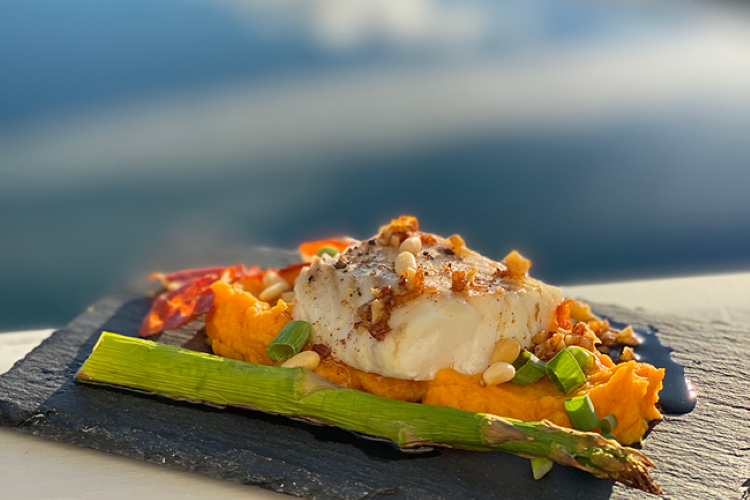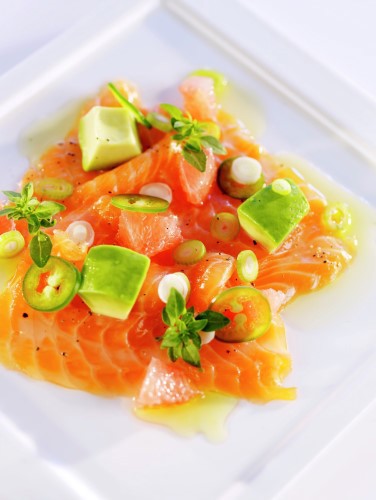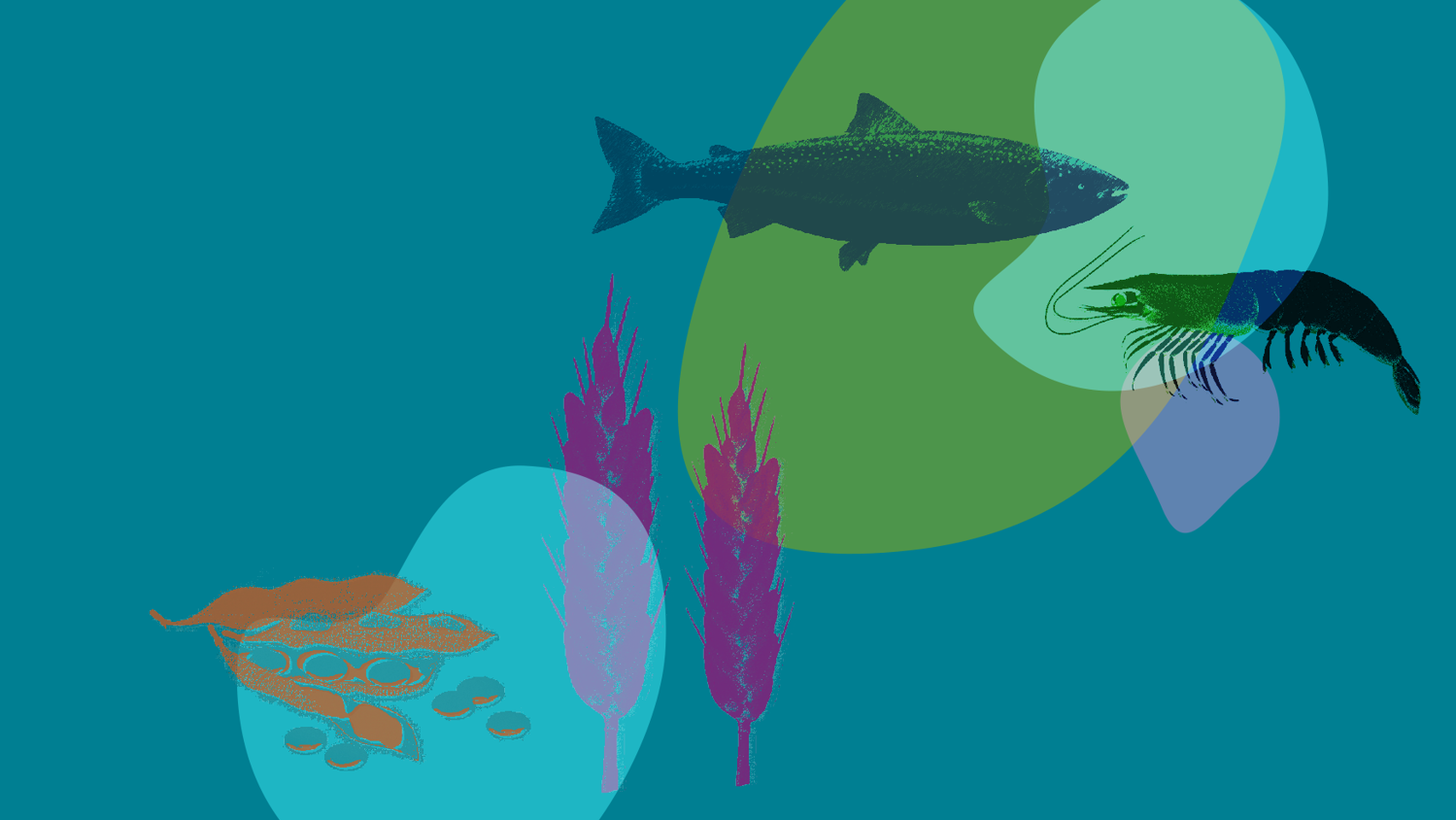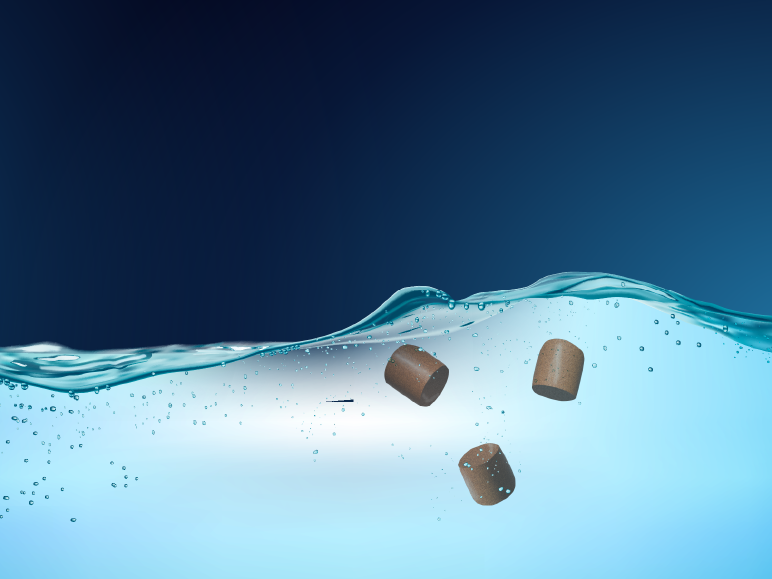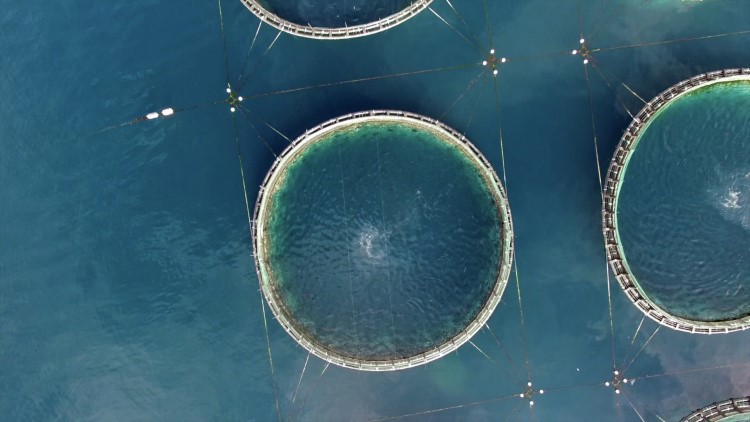
Why choose farmed over wild fish?
There are many positive reasons to choose farmed fish over wild. In many cases, wild populations of fish are under threat due to over-fishing, habitat loss or other changes. We know exactly what a farmed fish has eaten and the level of control over the ingredients, while we have no control over wild fish or possible pollutants they have consumed or been exposed to.
